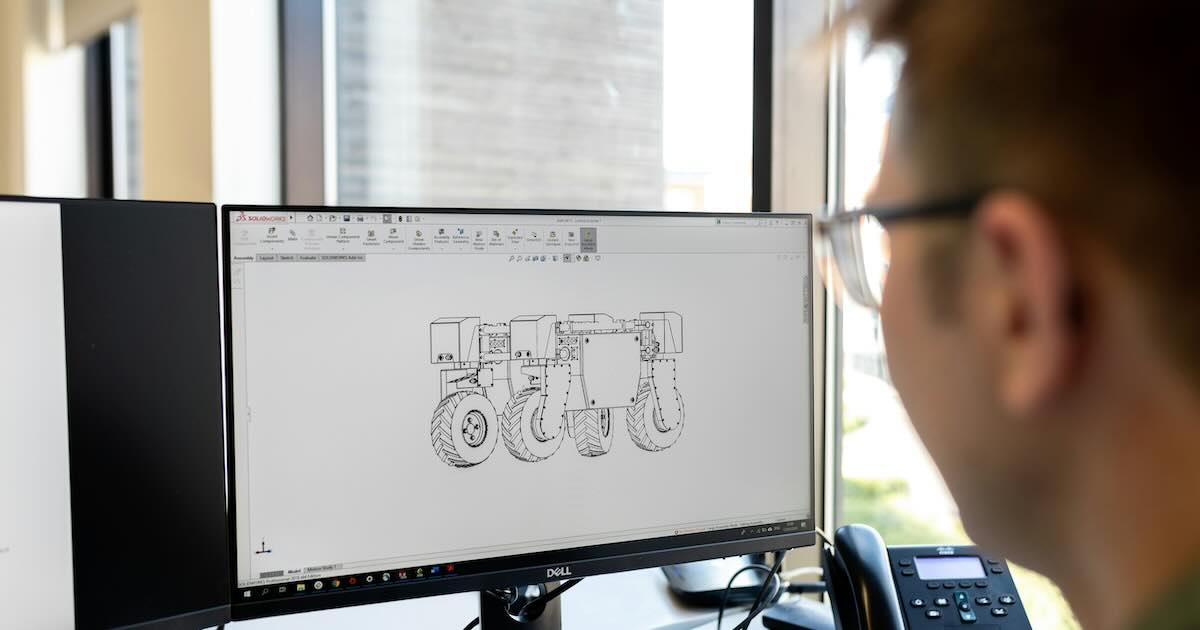Hazard and Operability Study (HAZOP) and Safety Integrity Level (SIL) analysis are both methodologies which can be used to help ensure the safety and reliability of industrial processes. Both are crucial for managing risks, but they serve different purposes and are used at different stages of the safety lifecycle. This post examines the key differences between HAZOP and SIL, their roles, methodologies, and how they complement each other in the context of process safety.
The management of risks also involves the tight control of actions, and whichever method is applied, recording, tracking and reporting on high hazard actions will be part of the process.
What is HAZOP?
A HAZOP, or Hazard and Operability Study, is a structured and systematic examination of a planned or existing process or operation. The primary goal is to identify and evaluate potential hazards and operability problems that could lead to unsafe conditions or sub-optimal performance.
HAZOP Methodology
- Team-Based Approach: HAZOP involves a multidisciplinary team that brings together diverse expertise. This team typically includes process engineers, operators, safety professionals, and other relevant stakeholders.
- Guide Words: The study uses predefined guide words (e.g., “no,” “more,” “less,” “as well as”) to systematically examine each part of the process. These guide words help in generating possible deviations from normal operations.
- Nodes: The process is divided into manageable sections called nodes. Each node is examined for deviations using the guide words.
- Deviations and Consequences: For each deviation identified, the team assesses potential causes and consequences. They also consider existing safeguards and suggest additional measures if necessary.
Objectives:
- Identify potential hazards and operability issues.
- Understand the causes and consequences of deviations.
- Recommend modifications or additional safeguards to mitigate risks.
Applications:
HAZOP is widely used in various industries, including chemical processing, pharmaceuticals, oil and gas, and power generation. It is typically conducted during the design phase of a new process or when significant modifications are made to an existing process.
What is SIL?
Safety Integrity Level (SIL) analysis, on the other hand, is a measure of the reliability and performance required from a safety instrumented function (SIF) to achieve or maintain a safe state for a process. SIL is part of the broader framework of functional safety, which is governed by standards such as IEC 61508 and IEC 61511.
SIL Methodology
- Risk Assessment: The process begins with a thorough risk assessment to identify hazardous events and their potential consequences.
- Layer of Protection Analysis (LOPA): LOPA is often used to determine the necessary risk reduction. This involves identifying and evaluating the various layers of protection in place (e.g., alarms, safety interlocks, physical barriers).
- Safety Requirements Specification (SRS): Based on the LOPA results, specific safety functions and their required performance levels are documented in an SRS.
- Determining SIL: The required SIL for each SIF is determined based on the necessary risk reduction. SIL levels range from SIL 1 (least stringent) to SIL 4 (most stringent), with each level representing an order of magnitude of risk reduction.
Objectives:
- Define the required performance of safety functions.
- Ensure that safety systems are designed, implemented, and maintained to achieve the required risk reduction.
Applications:
SIL analysis is applied to safety instrumented systems (SIS) in industries such as oil and gas, chemicals, power generation, and manufacturing. It is used throughout the lifecycle of the SIS, from design and implementation to operation and maintenance.
Key Differences Between HAZOP and SIL
While both HAZOP and SIL are essential for process safety, they differ significantly in their focus, methodology, and application.
Focus:
- HAZOP: Focuses on identifying and analysing potential hazards and operability issues within a process.
- SIL: Focuses on the performance and reliability of safety instrumented functions to achieve a defined level of risk reduction.
Methodology:
- HAZOP: Uses guide words to systematically explore deviations in process parameters.
- SIL: Uses risk assessment techniques such as LOPA to determine the required safety performance of safety functions.
Application:
- HAZOP: Applied during the design phase of a process or when modifications are made, aiming to identify hazards and suggest mitigations.
- SIL: Applied to the design, implementation, and maintenance of safety systems, ensuring they meet the required performance levels for risk reduction.
Outcomes:
- HAZOP: Results in a detailed understanding of potential hazards and recommendations for process modifications or additional safeguards.
- SIL: Results in the specification of safety functions, their required performance levels, and verification that these levels are achieved and maintained.
Team Composition:
- HAZOP: Involves a multidisciplinary team with expertise in various aspects of the process.
- SIL: Typically involves safety engineers and risk analysts who focus on the reliability and performance of safety systems.
Standards and Guidelines:
- HAZOP: Guided by standards such as IEC 61882, which provides a framework for conducting HAZOP studies.
- SIL: Governed by standards such as IEC 61508 and IEC 61511, which define the requirements for achieving and maintaining functional safety.

Complementary Roles of HAZOP and SIL
Despite their differences, HAZOP and SIL are complementary tools in the process safety toolkit. HAZOP is often the first step in identifying potential hazards, which then informs the need for safety functions and their performance requirements. SIL analysis ensures that these safety functions are capable of providing the necessary risk reduction.
For example, a HAZOP study might identify a potential overpressure scenario in a chemical reactor. The study could recommend a safety instrumented function, such as a pressure relief valve, to mitigate this risk. SIL analysis would then determine the required SIL level for this function, ensuring it is reliable enough to prevent the hazardous event.
By integrating HAZOP and SIL, organisations can achieve a comprehensive understanding of their process risks and ensure that appropriate safeguards are in place. This integration is critical for achieving a high level of safety and operational reliability.
Conclusion
HAZOP and SIL are both integral to managing process safety, but they serve distinct purposes and are used at different stages of the safety lifecycle. HAZOP focuses on identifying and analysing potential hazards and operability issues, while SIL focuses on ensuring that safety systems achieve the required performance levels to reduce risk.
Understanding the differences between these methodologies and how they complement each other is essential for anyone involved in process safety. By leveraging both HAZOP and SIL, organisations can effectively identify hazards, assess risks, and implement robust safety systems that protect people, the environment, and assets.
